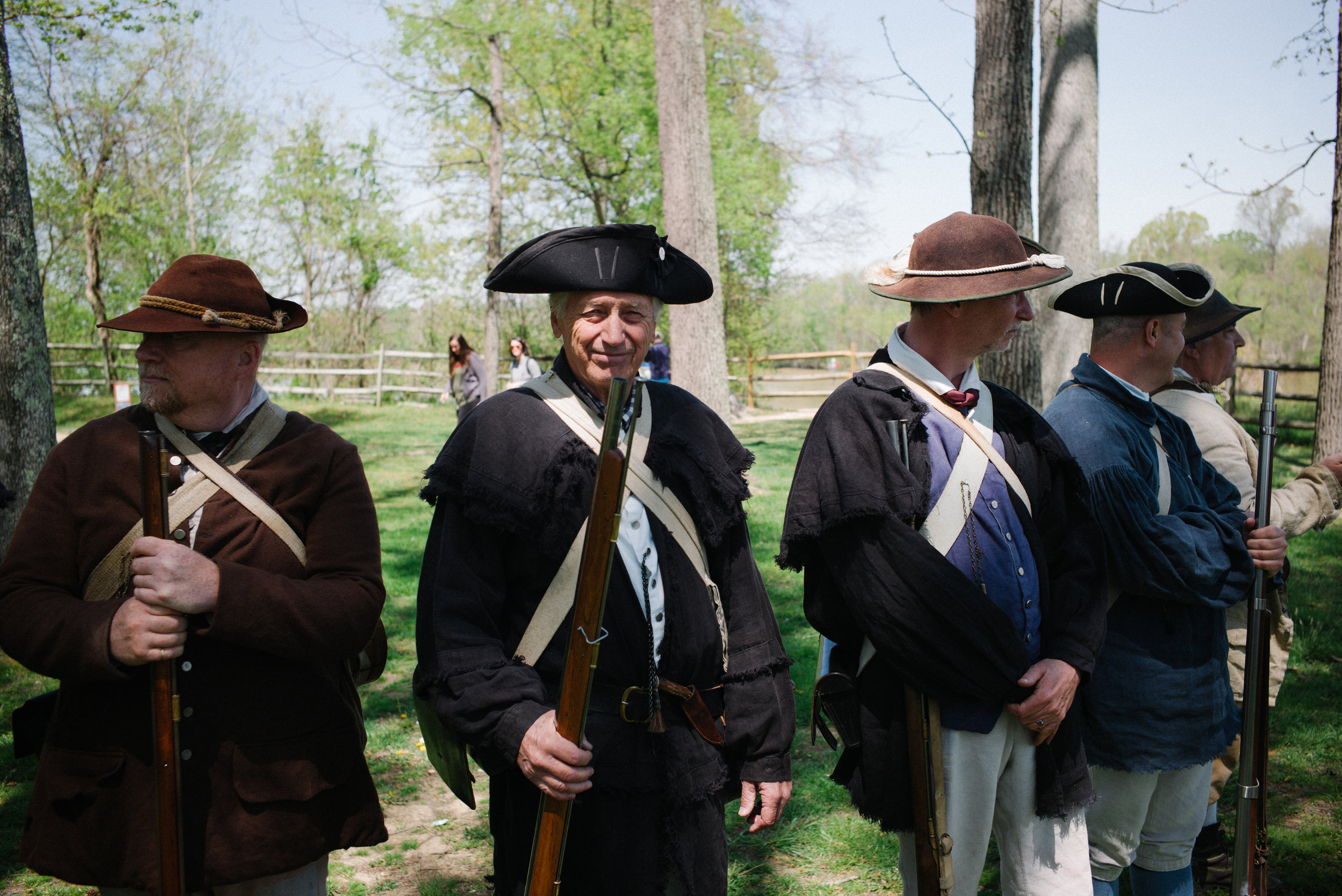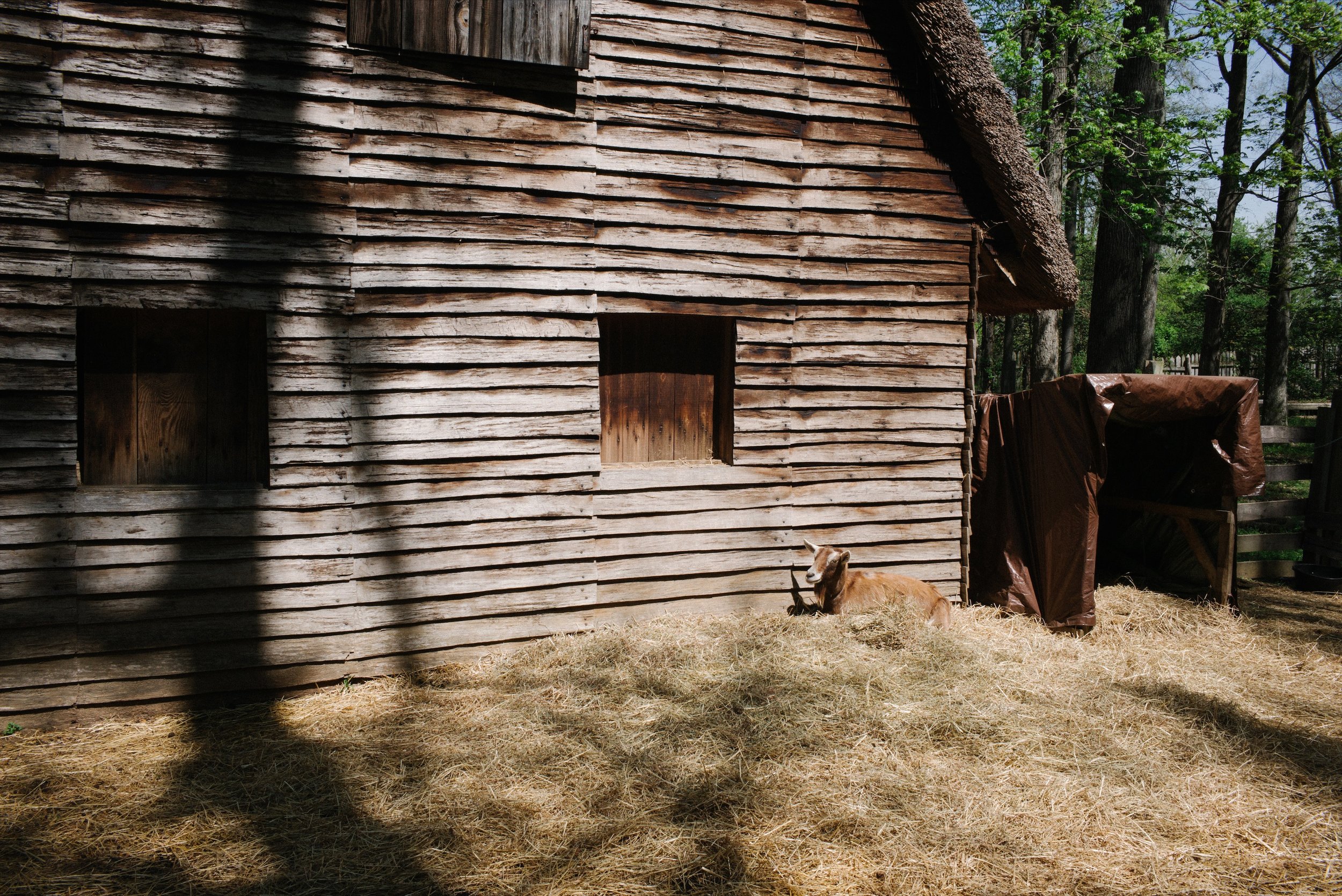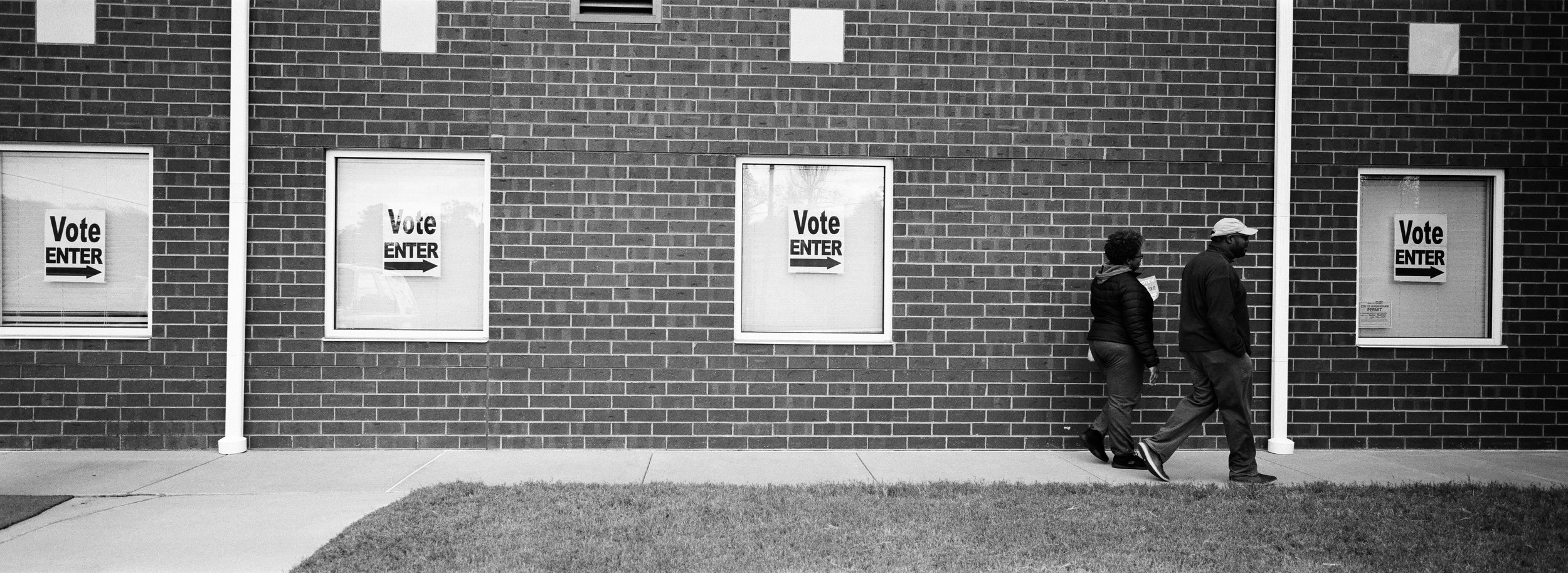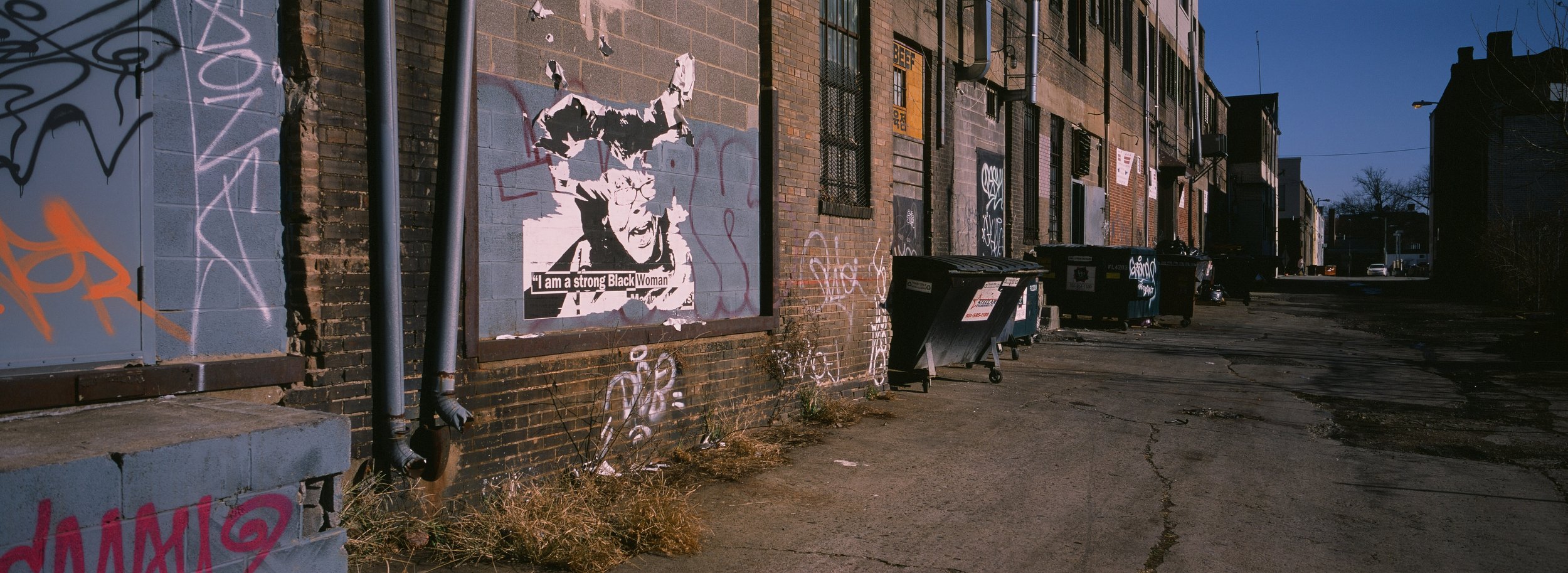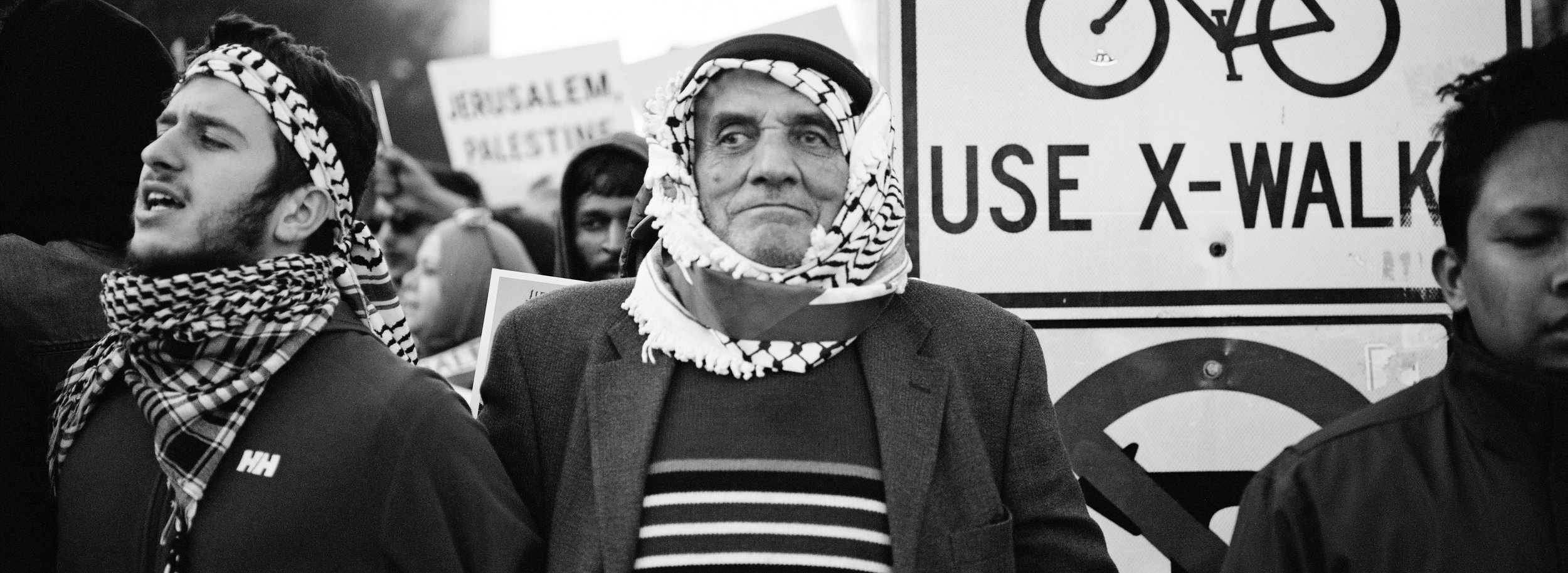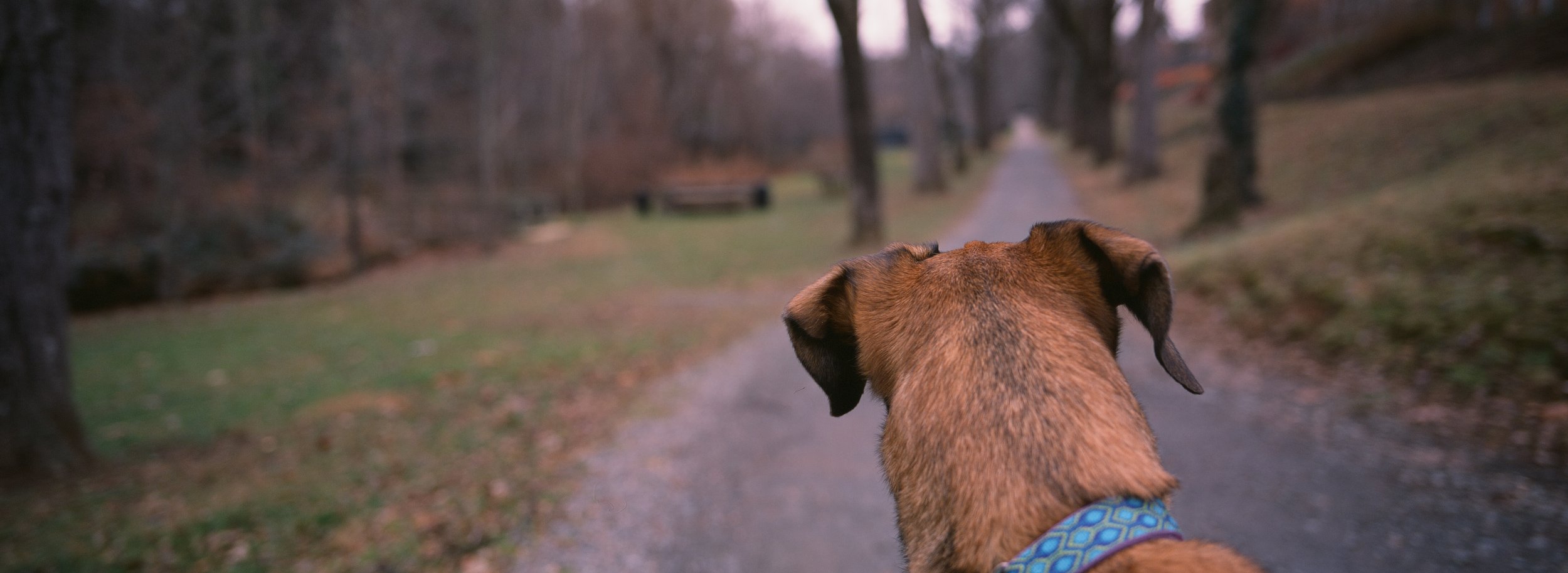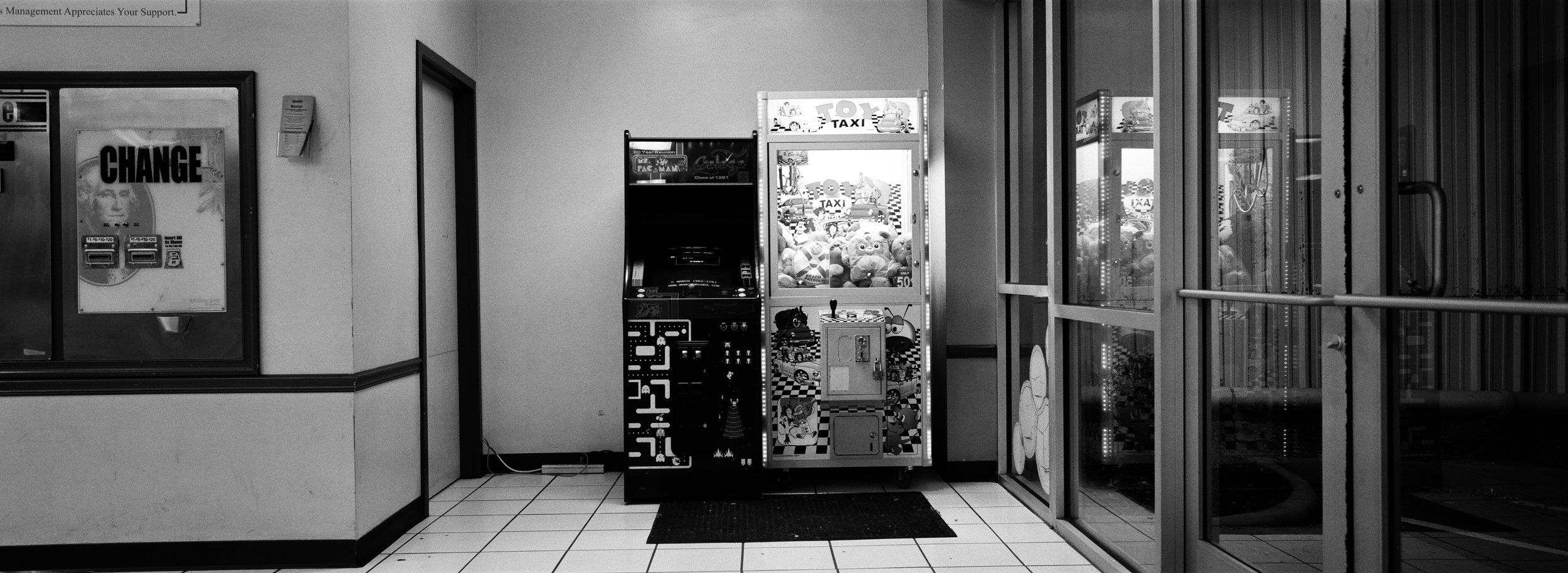Alabama, take one
I was in Alabama for a few days covering the National Memorial for Peace and Justice and otherwise exploring a few parts of the state. In the interest of indulging my inner-Walker Evans and Fred Herzog, I devoted a good amount of time to black and white and color photography of older buildings, signs, and advertisements.
Brighton, Alabama
For this post I want to focus on the black and white photography, which I shot using the Leica M-D I mentioned in a previous point. The M-D, you’ll remember, is a digital rangefinder which doesn’t have an LCD screen and only a few auto settings. Combined with the manual focus M-mount lenses and you have a digital camera that feels exactly like shooting a film Leica M. And that is more or less how I treated my photography on this trip, finding an average exposure and then bracketing on either side in the interest of getting it right “in camera.”
Brighton, Alabama
As with actual film, a good exposure is just the starting point for the real work of creating a usable file for printing and display. All the photos you see here were processed in Lightroom, using VSCO as a starting point and adjusted to ensure a full range of tones. The remaining photos in this post were taken in Fairfield, Alabama, which is part of the Birmingham metro area.











